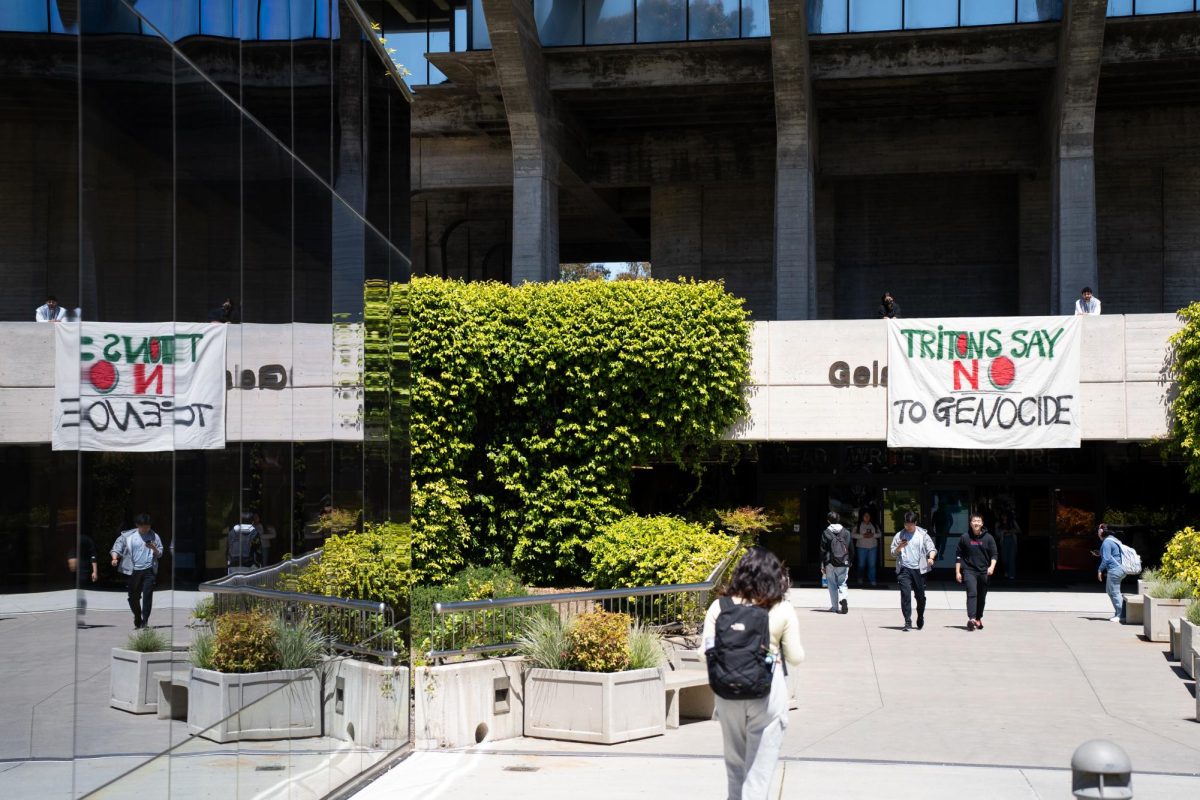On April 28, Gov. Brown announced new penalties for residents and businesses that waste the most water. The new water-conservation measures will empower local municipalities to impose fines up to $10,000 on groups and individuals using excessive amounts of water.
The new penalties are part of a mandatory statewide effort to curb water waste by 25 percent. More recently, Brown even called for some districts to reduce water waste by as much as 36 percent in order to reach the state’s conservation targets.
The governor stated that these fines should be considered as a last resort and that only those who use the most water by violating water conservation laws will be penalized. However, he did not specify exactly what kind of violations would incur the penalties.
“Only the worst offenders will be getting that,” Brown said in a statement to U-T San Diego. “I don’t like to increase penalties too much.”
UCSD has a Water Action Plan in place to reduce potable water use by 20 percent and reach statewide conservation targets by the year 2020. The plan includes such measures as implementing more efficient plumbing fixtures and replacing and reducing ornamental turf.
The conservation measures implemented by the university will not affect student housing and attendance costs, according to UCSD’s Communications and Public Affairs Manager Christine Clark.
“The conservation efforts will have no impact on housing rates, as they are already set for 2015–16 and this includes utilities,” Clark explained to the UCSD Guardian.
According to Kimberly O’Connell, a representative of AQUAholics Anonymous — an organization whose mission is to reduce water waste on campus — UCSD has replaced outdated irrigation systems with more water-efficient versions.
“The campus has replaced approximately 6,650 irrigation heads to water-efficient, low-volume irrigation heads to save 7.2 million gallons of potable water a year (an 8-percent reduction in irrigation water use),” O’Connell stated.
Additionally, the campus has stopped watering 54,000 square feet of turf and replaced Muir Field with artificial turf, which is expected to save over 1.53 million and two million gallons of water per year respectively. The replacement process at Muir Field began earlier this quarter and is not expected to be completed until the end of the quarter.
O’Connell also stated that student efforts are a significant part of the conservation efforts at UCSD.
“It has been my experience that students bring a level of enthusiasm and innovation to water conservation that is motivating to the entire campus,” O’Connell told the Guardian. “For example, I worked with a group of engineering students last spring who collaborated with HDH staff to design and build a rain collection system that is now in front of Foodworx.”
O’Connell also mentioned ways in which students can make a direct impact in helping to conserve water.
“Little changes can make a big difference,” O’Connell said. “If every student that lives on campus reduces their shower by two minutes for 12 days, the campus will save enough water to fill an Olympic-sized pool.”
Some of the long-term goals of AQUAholics Anonymous include being a resource center for collaboration among students and faculty to reduce water usage and to encourage water conservation through education and outreach.







